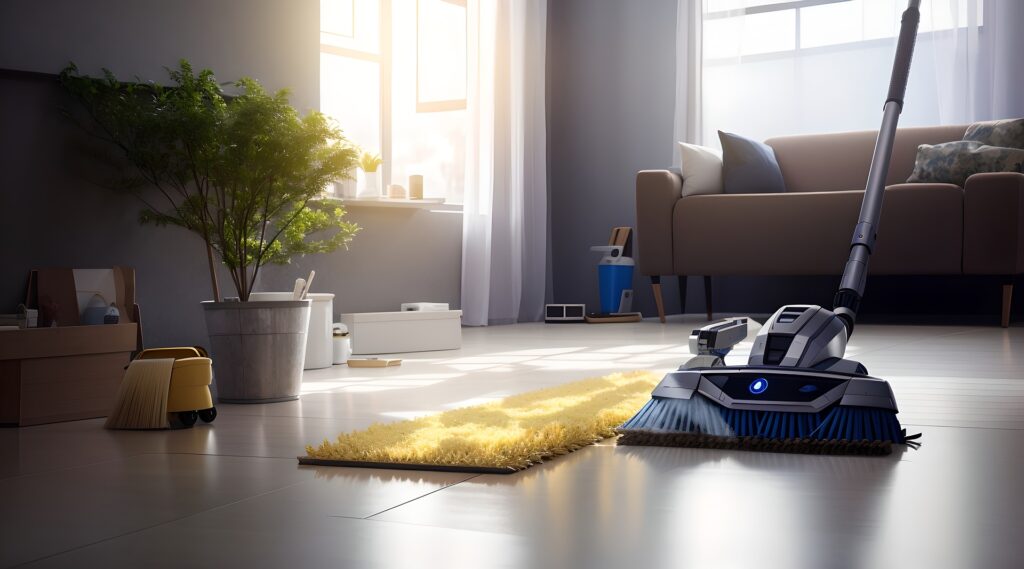Smart home automation systems are revolutionizing the way people live, offering convenience, efficiency, and peace of mind. From controlling lights and thermostats to monitoring security cameras and appliances, these systems allow homeowners to manage their homes with ease. In this comprehensive guide, we’ll explore everything you need to know about smart home automation systems, from how they work to their benefits and popular features.
Understanding Smart Home Automation Systems
Smart home automation systems utilize technology to control various aspects of a home remotely. These systems typically consist of connected devices such as smart thermostats, lighting controls, security cameras, and voice assistants that communicate with each other through a central hub or smartphone app. By automating routine tasks and providing remote access to home devices, smart home systems offer convenience, comfort, and energy savings for homeowners.
How Smart Home Automation Systems Work
Smart home automation systems work by connecting devices to a central hub or network, allowing them to communicate and be controlled remotely. Devices are equipped with sensors, processors, and wireless connectivity, enabling them to send and receive commands from the user via a smartphone app or voice command. For example, a smart thermostat can adjust the temperature based on occupancy and weather conditions, while smart lights can be programmed to turn on and off at specific times or in response to motion.
Benefits of Smart Home Automation Systems
There are numerous benefits to implementing a smart home automation system in your home. One of the most significant advantages is convenience. With a smart home system, you can control devices and appliances from anywhere using your smartphone or voice commands, eliminating the need to manually adjust settings or switch lights on and off. Additionally, smart home systems can help improve energy efficiency by optimizing heating, cooling, and lighting usage, resulting in lower utility bills and reduced environmental impact.
Popular Features of Smart Home Automation Systems
Smart home automation systems offer a wide range of features and capabilities to suit different needs and preferences. Some popular features include:
- Smart Thermostats: Smart thermostats allow users to remotely control the temperature of their home, adjust settings based on occupancy and weather conditions, and monitor energy usage.
- Smart Lighting: Smart lighting systems enable users to control the brightness, color, and timing of their lights using a smartphone app or voice commands, as well as set schedules and create lighting scenes for different occasions.
- Home Security: Smart home security systems include features such as surveillance cameras, motion detectors, door and window sensors, and smart locks, allowing users to monitor and secure their home remotely.
- Voice Assistants: Voice assistants like Amazon Alexa and Google Assistant integrate with smart home devices to provide hands-free control and automation, allowing users to perform tasks using voice commands.
- Energy Management: Smart home energy management systems monitor energy usage in real-time, identify inefficiencies, and suggest ways to optimize consumption, helping homeowners reduce their carbon footprint and save money on utility bills.
- Home Entertainment: Smart home entertainment systems integrate with TVs, speakers, and streaming devices to provide immersive audio and video experiences, as well as enable multi-room audio and video distribution.
Choosing the Right Smart Home Automation System
When selecting a smart home automation system for your home, it’s essential to consider your specific needs, budget, and compatibility requirements. Research different systems and brands, read customer reviews, and consult with experts to determine which system best meets your needs. Look for systems that offer easy installation, user-friendly interfaces, and a wide range of compatible devices and integrations to ensure a seamless and personalized experience.
Installation and Setup
Once you’ve chosen a smart home automation system, the next step is installation and setup. Depending on the complexity of the system and your technical expertise, you may choose to install the system yourself or hire a professional installer. Follow the manufacturer’s instructions carefully and ensure all devices are properly connected and configured before using the system. Many smart home systems offer intuitive setup wizards and step-by-step guides to help simplify the installation process.
Getting Started with Your Smart Home
Once your smart home automation system is up and running, it’s time to start enjoying the benefits of a more connected and efficient home. Experiment with different features and settings, create custom automation routines, and explore third-party integrations to personalize your smart home experience further. Don’t be afraid to experiment and try new things—smart home automation systems are designed to adapt to your lifestyle and preferences, making your life easier and more enjoyable.
Conclusion
Smart home automation systems offer a convenient and efficient way to manage your home and simplify your life. From controlling lights and thermostats to monitoring security cameras and appliances, these systems provide homeowners with greater control, comfort, and peace of mind. By understanding how smart home systems work, exploring their benefits and features, and choosing the right system for your needs, you can transform your home into a more connected and intelligent living space.












Latest Posts
Download HDHub4u Nit: Watch Free Movies Online through HDHub4u
How to Safely Download Movies with HDHub4u – The Ultimate Guide
How to Use Bard AI in 2024: Unlocking the Power of Google’s Language Model